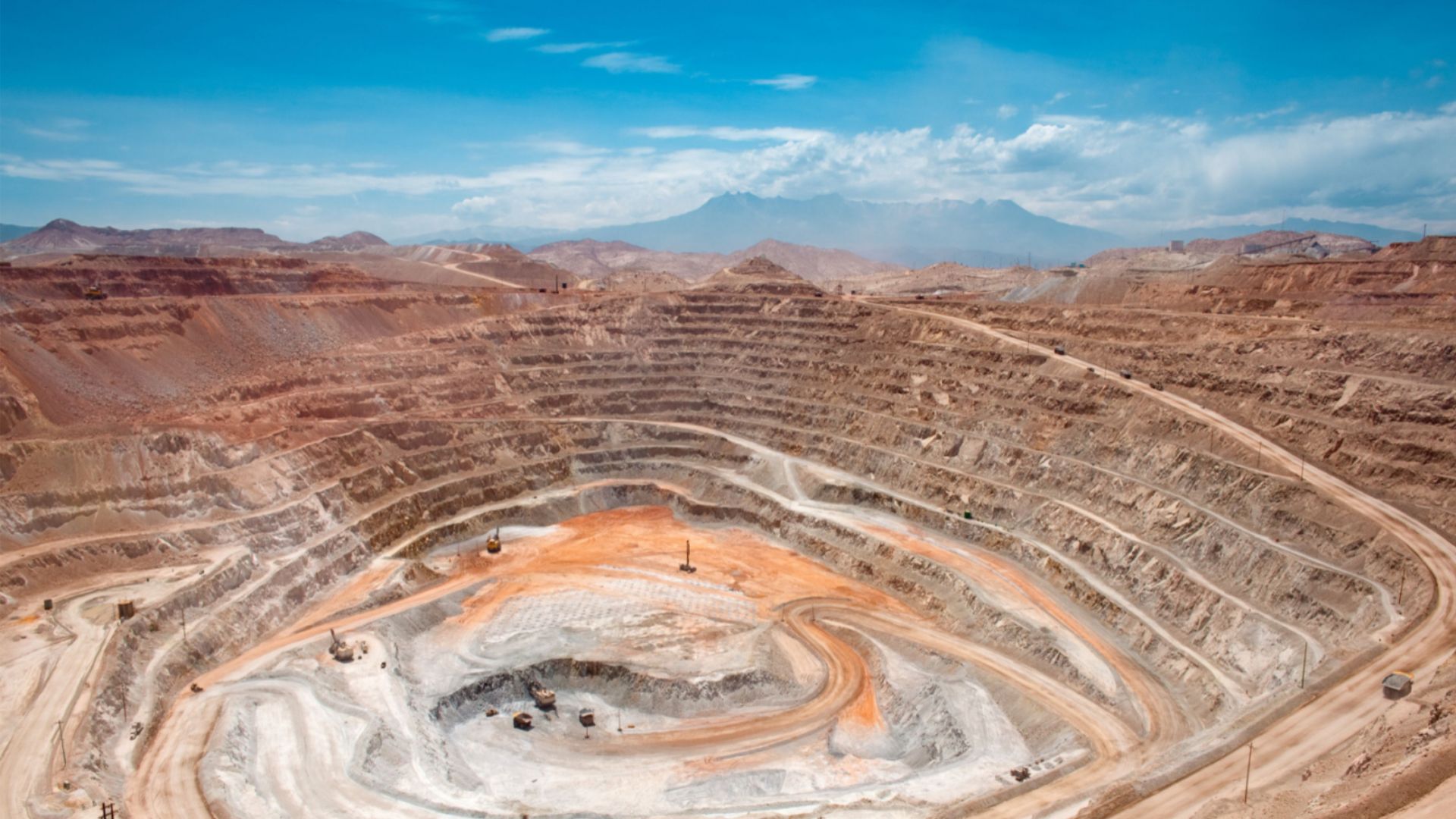Peru's Mining Industry: Overcoming Challenges and Embracing Opportunities for Future Growth
- Peru | 1 June 2017

The mining industry in Peru has experienced an intriguing start to the year, with notable shifts in gold, silver, and base metal prices. As a result, mining operators worldwide are exhibiting increased confidence in the industry’s near-term future. In Peru specifically, leaders in the field confirm a resurgence of activity, signaling a positive turn for the sector. After years of cost-cutting and efficiency-seeking measures, mining operators are now positioned to make long-overdue investments in capital equipment, exploration, and other areas that were deferred during the previous three years.
While mining companies are seeking growth and exploring new brownfield and greenfield projects, they must also prioritize maintaining low production costs. The Peruvian mining industry is renowned for its competitiveness on a global scale, as highlighted by the International Monetary Fund. The country’s reasonable labor costs and favorable exchange rates in 2016 played a significant role in its success. Moreover, local managers implemented various strategies to optimize their existing operations and extract maximum value.
Companies such as Gold Fields and Southern Peaks Mining have achieved significant cost savings by implementing various measures and improving operational efficiency. For instance, Gold Fields utilized additives to reduce fuel consumption, implemented a more productive blasting process, optimized haulage with the Dispatch system, installed a gravimetric circuit for enhanced gold recovery, and improved copper recovery rates through the use of better reagents. Southern Peaks Mining, on the other hand, adopted less labor-intensive mining methods and transitioned from viewing their operation as solely a copper mine to considering it as a poly-metallic mine. These initiatives have led to substantial cost reductions and increased competitiveness.
Peru has witnessed a decline in mining investments, falling nearly by half from $7.5 billion in 2015 to less than $4 billion in 2016. Completion of projects like Las Bambas and the Cerro Verde expansion, coupled with political and economic uncertainties, has dampened the prospects for new copper mega-projects. However, recent developments, including the election of a business-friendly president, Pedro Pablo Kuczynski, and production constraints in major copper mines globally, have created a more favorable environment for new mining projects in Peru. Additionally, the appointment of Luis Marchese, CEO of Anglo American in Peru, as president of the main industry association, signals positive momentum for the Quellaveco copper project.
While Peru has a fairly competitive regulatory framework, overregulation has been a challenge for the mining industry. The government must strike a balance between regulatory measures and addressing social demands to avoid hindering day-to-day operations. Obtaining a social license and resolving disputes with local communities have become critical factors for successful project development. Conflicts in one operation can also have a domino effect on neighboring mines or projects, highlighting the importance of proactive government involvement and effective dialogue with communities.
To build trust and secure social acceptance, mining companies must engage with communities and provide basic social services. The Peruvian government needs to extend its presence across the country’s vast territory, ensuring access to essential infrastructure and services for local populations. Collaboration among mining companies through shared infrastructure, such as railways, tailings dams, pipelines, and roads, could reduce costs and environmental footprints. A cooperative approach to mining development, backed by a macro, long-term plan from the government, could unlock the immense potential of Peru’s mining industry.
Despite the challenges faced by Peru’s mining industry, including regulatory complexities and social conflicts, there is optimism for future growth and investment. By maintaining low production costs, addressing community.








